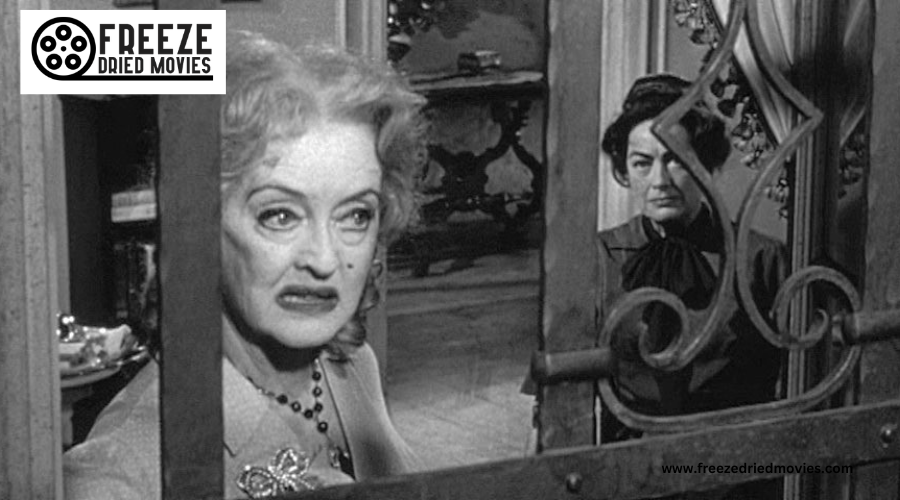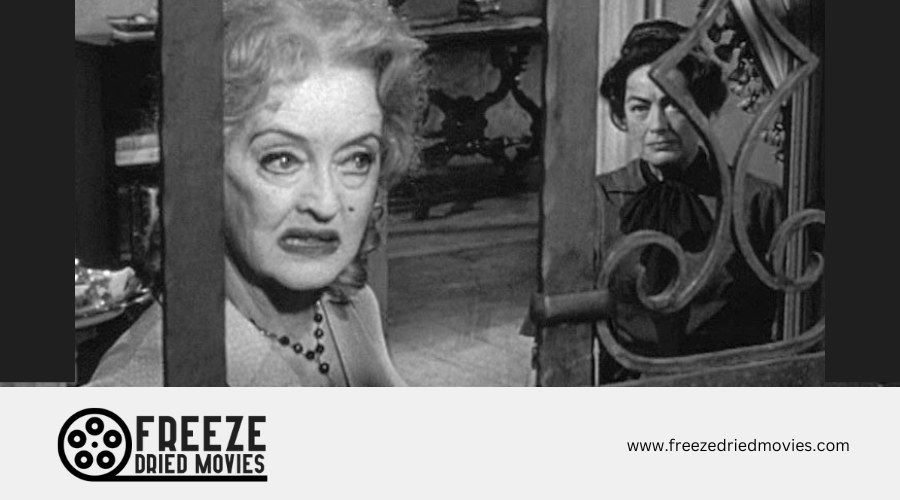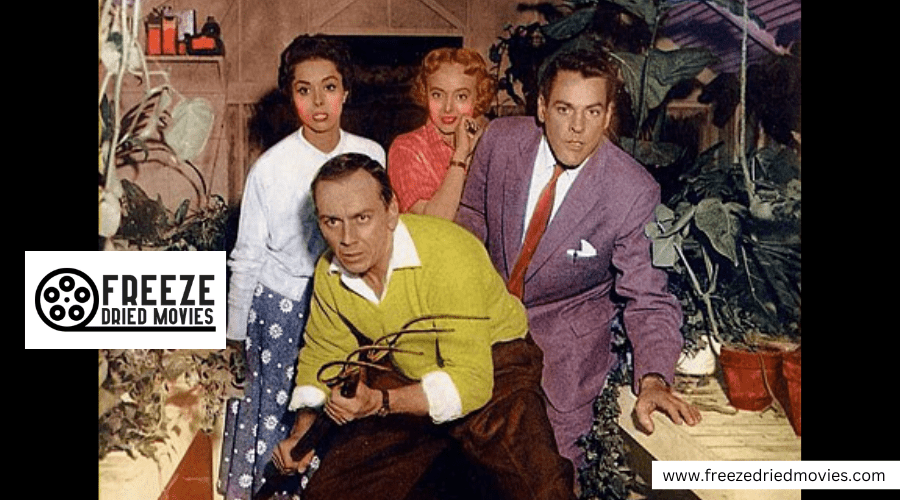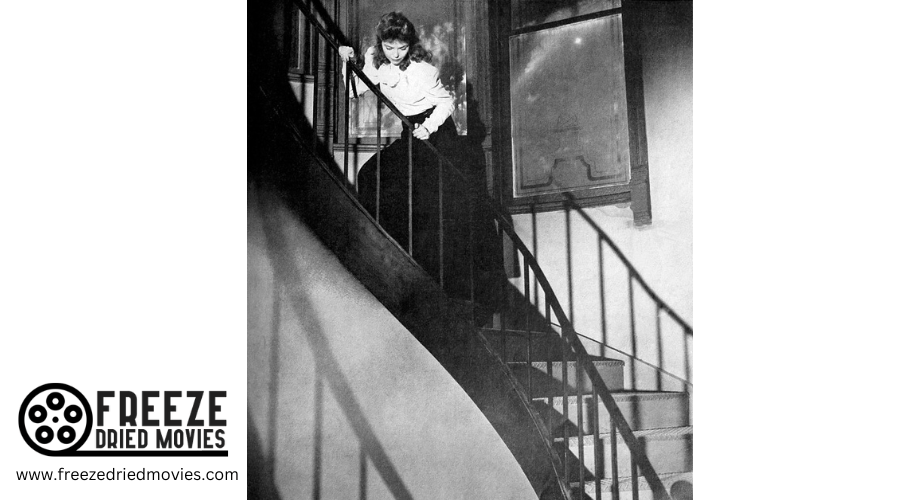What Are the Best Horror Movies of All Time?
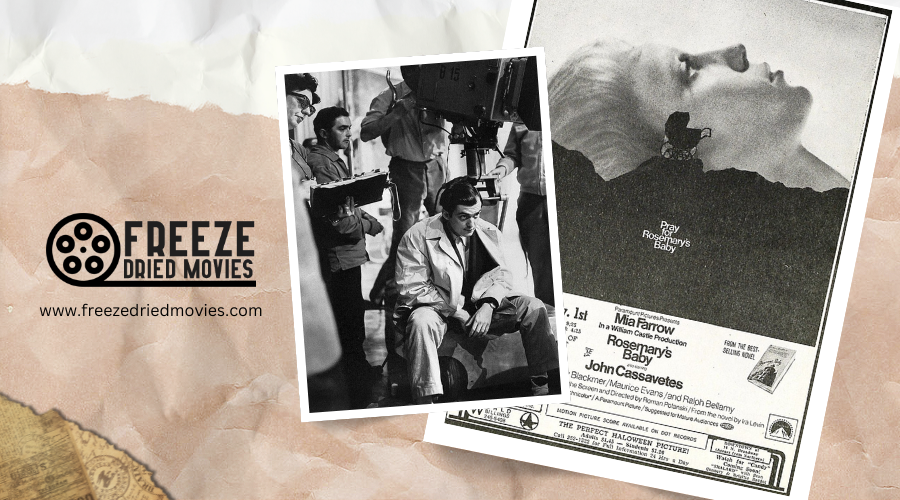
The best horror movies span iconic classics like "Nosferatu" and "Frankenstein" to psychological masterpieces like "The Shining" and "Rosemary's Baby." You'll find groundbreaking slashers ("Halloween," "Nightmare on Elm Street") alongside foreign gems that revolutionized the genre. From supernatural hauntings to visceral body horror, these films don't just scare you—they reflect society's deepest anxieties and pioneer innovative filmmaking techniques that forever altered cinema. The journey through horror's greatest achievements reveals much more than just monsters.
Key Takeaways
- "Nosferatu" (1922) pioneered vampire horror and nearly faced destruction due to copyright issues with Bram Stoker's estate.
- "The Exorcist" revolutionized demonic possession narratives and remains one of the most terrifying supernatural films ever made.
- "The Shining" masterfully blends psychological horror with supernatural elements through Kubrick's meticulous direction and unsettling imagery.
- The slasher triumvirate of "Halloween," "Friday the 13th," and "Nightmare on Elm Street" defined 1970s-80s horror with iconic killers.
- "Rosemary's Baby" creates psychological terror through subtle suggestion rather than explicit imagery, making its Satanic themes more disturbing.
Classic Horror Films That Defined the Genre (1920s-1960s)
While modern horror relies heavily on special effects and jump scares, the foundations of cinematic terror were laid during the genre's formative decades. You can't discuss horror's origins without mentioning 1922's "Nosferatu," where Max Schreck's chilling portrayal of Count Orlok reinterpreted Bram Stoker's novel to haunting effect.
The Universal monsters era cemented horror's place in cinema, with Boris Karloff's iconic performance in "Frankenstein" (1931) and its superior sequel "Bride of Frankenstein." These films, alongside "The Wolf Man," created archetypes still referenced today.
Despite copyright issues with Bram Stoker's widow that nearly destroyed all copies, Nosferatu's remarkable occult connection added to its enduring mystique and influence on subsequent vampire films.
The Golden Age of Slashers (1970s-1980s)
As the cultural landscape shifted dramatically in the 1970s, horror cinema underwent a revolutionary transformation with the emergence of slasher films. This era introduced you to iconic villains who'd haunt your nightmares for decades to come.
- Halloween, Friday the 13th, and A Nightmare on Elm Street redefined fear, turning domestic drama into suspenseful terror.
- Slasher movies showcased innovative practical effects that created visceral, shocking moments without relying on expensive visual effects.
- The "final girl" trope emerged as a cultural touchstone, presenting resourceful heroines who survived by outsmarting their pursuers.
- These films reflected society's anxieties about youth culture, sexuality, and violence, making the horror deeply personal and psychologically affecting.
The rise of home video in the 1980s fundamentally changed horror's accessibility, allowing fans to experience films like The Evil Dead in the privacy of their homes despite censorship battles.

Psychological Horror Masterpieces That Haunt Your Mind
Unlike their bloodier slasher counterparts, psychological horror films burrow deep into your subconscious, where they'll remain long after the credits roll. Roman Polanski pioneered this territory with "Repulsion" (1965), exploring a woman's mental deterioration, and later with "Rosemary's Baby" (1968), his unsettling tale of pregnancy and Satanism.
Stanley Kubrick's "The Shining" (1980) elevated psychological horror with its mesmerizing visuals and ambiguous supernatural elements. More recently, Darren Aronofsky's "Black Swan" (2010) used body horror to examine artistic obsession, while "The Babadook" (2014) delivered genuine terror through its character-driven approach to grief and motherhood.
These films don't rely on cheap scares—they manipulate your perception, making you question what's real and what exists only in the disturbed minds of their characters. Alfred Hitchcock's "Psycho" revolutionized the genre by incorporating complex psychological themes through Norman Bates' fractured identity and traumatic past.
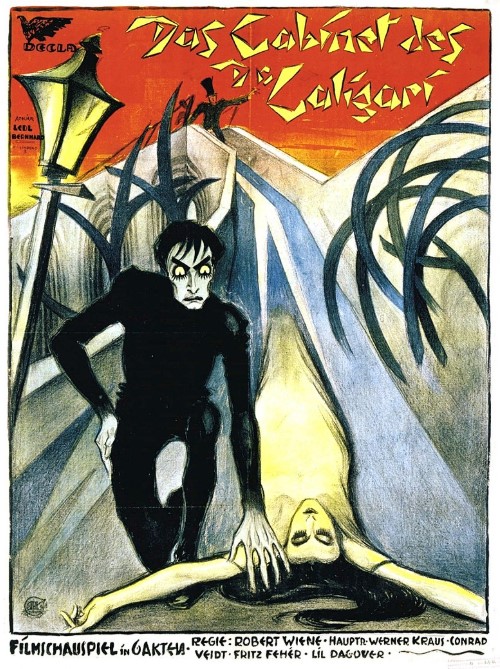
Foreign Horror Films That Revolutionized the Genre
Horror's boldest innovations have often emerged far from Hollywood's shores. When you watch films like "Nosferatu," the vampire movie that established countless genre conventions while adapting Bram Stoker's novel, you're witnessing how foreign filmmakers redefined what scares us.
"The Cabinet of Dr. Caligari" introduced the world to German Expressionism's distorted nightmares, while Polanski's "Repulsion" made claustrophobia and madness tangible.
In 1954, atomic age fears manifested in Japan's Godzilla, reflecting cultural anxieties about nuclear weapons through the lens of monster cinema.
- Eyes Without a Face (1960) balances horror with poetic beauty, creating a chilling meditation on obsession that still feels revolutionary
- The Babadook (2014) reinvented the ghost story by focusing on real horror instead of cheap scares
- Nosferatu (1922) established the vampire aesthetic with its gothic atmosphere and haunting performance
Supernatural Terrors: Ghosts, Demons, and Possessions
When confronted with the supernatural on screen, you're tapping into humanity's most primal fears—the unseen forces that defy rational explanation. Horror films like "The Exorcist" revolutionized the possession subgenre, showing us a child's terrifying transformation that still disturbs viewers today.
Haunted houses have provided fertile ground for supernatural terror, from Stanley Kubrick's "The Shining" (based on Stephen King's novel) to "The Conjuring" series. These settings transform ordinary spaces into malevolent entities themselves.
While creature features focus on visible monsters, supernatural horror thrives on what remains hidden. Roman Polanski's "Rosemary's Baby" creates dread through suggestion rather than explicit imagery. Similarly, films adapted from Bram Stoker's novel reimagine vampirism as both seductive and horrifying—making the supernatural all the more unsettling.
Body Horror and Gore: Films That Push Physical Boundaries
The most visceral corner of horror cinema transforms bodily integrity into a playground for primal fear. Directors like Cronenberg, with his masterpieces The Fly and Videodrome, explore the terrifying fusion of flesh and technology, while Argento's Suspiria and Inferno deliver operatic, technicolor bloodshed that's both beautiful and disturbing.
- Practical effects reign supreme - The Evil Dead series showcases gleefully excessive dismemberment with innovative camera techniques and handcrafted gore
- Boundaries constantly shift - Films like Martyrs, A Serbian Film, and The Human Centipede deliberately transgress moral limits to provoke visceral reactions
- Body anxiety resonates universally - From Body Snatchers to modern extremes, these films tap into primal fears about our physical vulnerability
You'll find these explorations of corporeal dread simultaneously repulsive and mesmerizing—an affirmation of our complex relationship with mortality.
Modern Horror Classics of the 21st Century
While body horror explores our visceral fears, the 21st century has redefined terror for contemporary audiences. Jordan Peele's "Get Out" masterfully blends social commentary with thrills, establishing itself alongside vampire tale "Let the Right One" in the modern horror pantheon.
Director John Krasinski revolutionized the genre with "A Quiet Place," where innovative sound design transforms silence into unbearable tension. Meanwhile, "It Follows" captivates with its methodical pacing and ominous atmosphere, proving supernatural threats remain potent when thoughtfully crafted.
Jennifer Kent's "The Babadook" elevates horror beyond scares, using the genre to examine grief's crushing weight. For something completely different, "One Cut of the Dead" brilliantly subverts zombie tropes, demonstrating horror film versatility through meta-storytelling. These films showcase how modern horror continues to evolve while delivering memorable frights.

